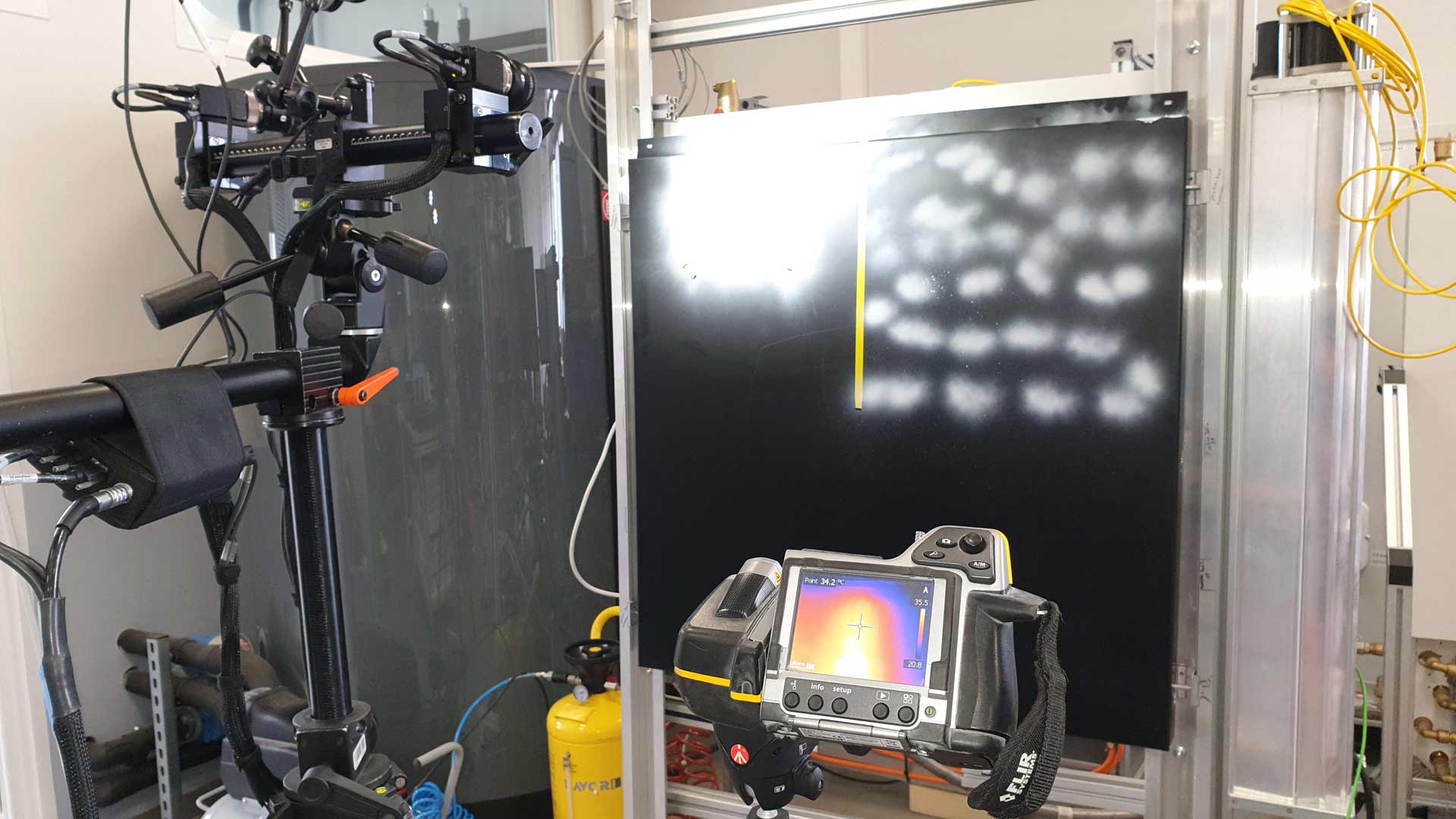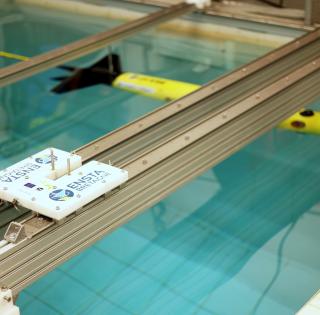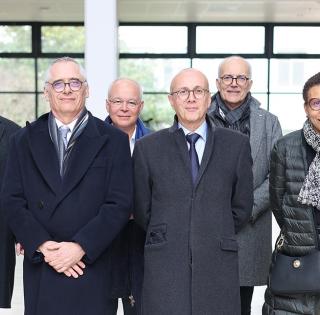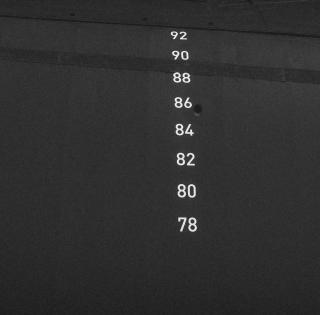
The team's contribution focused on 2 main areas:
1/ The development of sizing methods
These methods have been developed in many research projects such as the European Ramsses project, the ANR Induscol project or the Cocoa project.
Starting in March 2021, the Cocoa project included teams from IRDL/ENSTA Bretagne, CETIM in St Etienne and LAMIH (UMR CNRS 8201) in Valenciennes.
Funded by the Carnot ARTS Institute, the Brittany region and the Finistère department, the challenge involved the characterization and modeling of the behavior of structural assemblies using high-elongation adhesives applied in significant thicknesses.
Two professors and a post-doctoral student from ENSTA Bretagne were involved in this project, which had the particularity of including the thickness parameter in the calculation tools used to predict bonded joint cracking conditions.
These original tools allowed better consideration to be given to the complexity of the behavior of these systems which could be used in sectors including renewable marine energies, boating, etc.
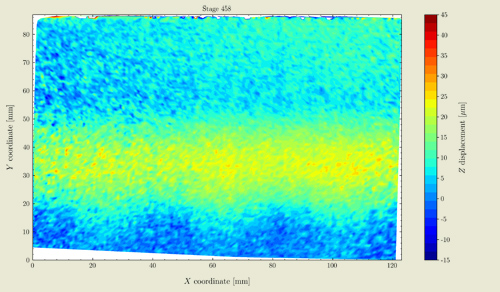
2/ The implementation of original experimental devices
The second facet of the projects carried out by the team involves the many experiments on various scales carried out on campus. They allow the confirmation of the models developed.
Platsolar is one such application project that echoes the work done as part of the Cocoa project.
Led by the joint laboratory comprising the University of Bordeaux and the Nobatek/INEF4 research center, the project focuses on the energy efficiency of buildings.
The structure studied is intended to be used as a solar thermal sensor (installed on the front of buildings).
It comprises two metal panels bonded together by thick beads of adhesive to ensure the system's sealing integrity and guide the heat transfer fluid for a period of 30 years.
As part of this project, ENSTA Bretagne has been asked to provide its expertise in structural bonding and is including a PhD student (Paulo Guimaraes Lacerda Neto) for this purpose. The work involves carrying out mechanical analysis and durability tests on this bonded assembly comprising 2 aluminum plates.
We are carrying out aging and breakage tests to check the pressure the installation can withstand in operation. The estimated service life of these panels is 30 years. We need to make sure of this by checking the models against experiments carried out in our laboratory.
explained Julien Jumel, a professor at ENSTA Bretagne.
This project follows on from the Batisol project and may be subject to further research with the aim of optimizing the quantity and distribution of the adhesive in the structure to reduce the product's cost.






